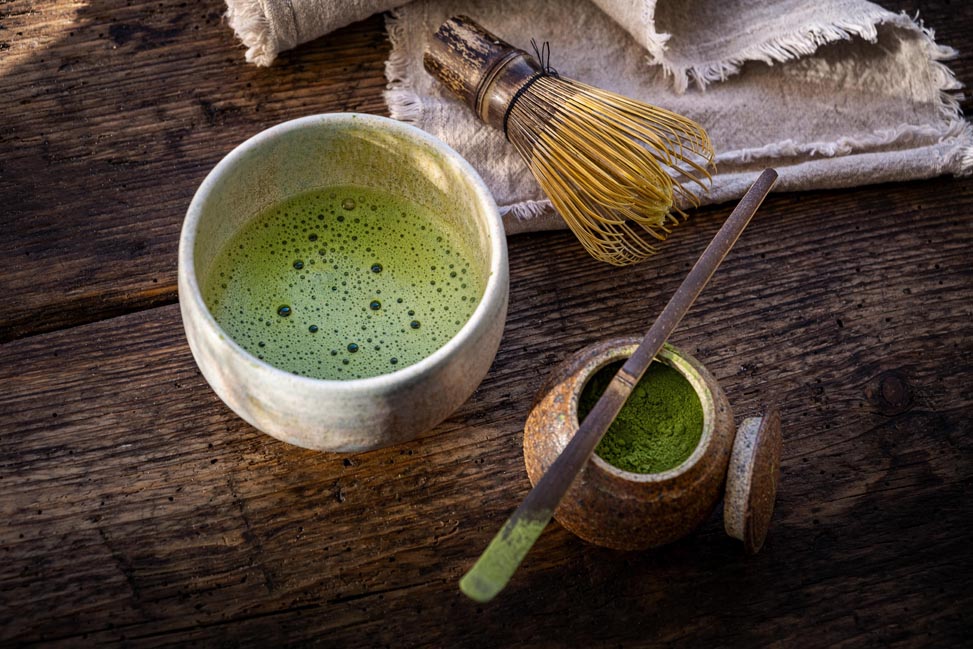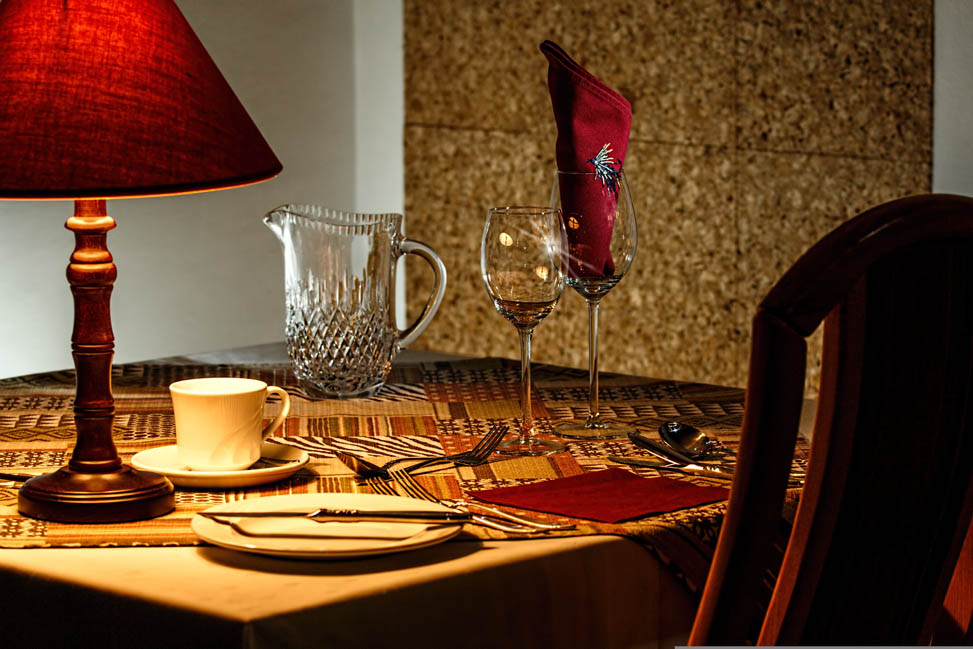Table manners, an integral component of dining etiquette, encapsulate a set of social norms dictating behavior during meals, reflecting cultural values and facilitating harmonious social interactions. From the proper use of utensils to rules regarding communication and posture, table manners promote respect and civility at the dining table. They serve as a form of cultural expression, symbolizing adherence to tradition and appreciation for culinary customs. Additionally, table manners contribute to personal and professional development, as they are associated with refinement and social grace, enhancing one’s reputation and social standing. Overall, mastering table manners is essential for navigating social interactions with elegance and respect, fostering positive relationships and contributing to a pleasant dining experience.
The history of table manners
The history of table manners is a rich tapestry woven with cultural traditions, social norms, and evolving etiquette practices. Dating back to ancient civilizations, such as ancient Greece and Rome, communal dining rituals were imbued with significance and ceremony, reflecting societal hierarchies and religious beliefs. In medieval Europe, elaborate feasts served as displays of wealth and power, with intricate rules governing behavior at the table. The Renaissance era witnessed a refinement of dining etiquette, influenced by courtly customs and the rise of the nobility.
During the Victorian era, strict codes of conduct governed dining etiquette, emphasizing propriety, decorum, and social refinement. In modern times, globalization and cultural exchange have led to a blending of dining customs, with an emphasis on inclusivity, respect for diverse traditions, and mindful dining practices. Today, table manners continue to evolve, shaped by changing social norms, technological advancements, and the ongoing quest for cultural understanding and harmony. Through the ages, table manners have served as a reflection of human civilization, connecting individuals across time and cultures through the shared experience of communal dining.
The importance of table manners
Table manners are more than just a fancy way of holding your fork. They’re a set of social customs that contribute to a pleasant and respectful dining experience for everyone involved. Here’s why table manners are important:
- Respect: Proper table manners show respect for your host and fellow diners. It demonstrates that you value their time and effort in preparing and sharing the meal.
- Consideration: Using good table manners prevents you from disrupting others at the table. It avoids actions like loud chewing, talking with your mouth full, or reaching across others to grab something.
- Professionalism: In business settings, proper table etiquette can be crucial. It creates a positive impression and portrays you as someone who is well-rounded and professional.
- Safety and Hygiene: Table manners encompass practices that promote good hygiene, like using utensils properly and avoiding behaviors that could spread germs.
- Positive Learning Experience: For children, table manners provide valuable lessons in social interaction, self-control, and respect for others.
- Cultural Understanding: Table manners can offer a window into different cultures. Understanding proper etiquette in various settings demonstrates respect and avoids cultural faux pas.
- Confidence and Self-Esteem: Knowing how to behave at the table can boost your confidence in social situations. It allows you to relax and enjoy the meal without worrying about social blunders.
Overall, table manners are a way of demonstrating courtesy, consideration, and respect for others. They contribute to a more enjoyable and positive dining experience for everyone involved.
Table manners tips
Table manners are essential for creating a pleasant and respectful dining atmosphere. Here are some tips to help you navigate the dining table with grace and confidence:
- Chew with your mouth closed.
- Keep your smartphone off the table and set to silent or vibrate. Wait to check calls and texts until you are finished with the meal and away from the table.
- Hold utensils correctly. Don’t use your fork or spoon like a shovel or stab your food.
- Wash up and come to the table clean. Don’t groom or attend to hygiene at the table.
- Remember to use your napkin.
- Wait until you’re done chewing to sip or swallow a drink.
- Pace yourself with fellow diners. Cut only one piece of food at a time.
- Avoid slouching and don’t place your elbows on the table while eating (though it is okay to prop your elbows on the table while conversing between courses, and always has been, even in Emily’s day).
- Instead of reaching across the table for something, ask for it to be passed to you.
- Bring your best self to the meal. Take part in the dinner conversation.
By following these table manner tips, you can navigate any dining situation with confidence and grace, ensuring a pleasant experience for yourself and your fellow diners.

Table culture differences between China and other countries
Table culture differences between China and other countries are reflective of distinct cultural norms, traditions, and etiquettes surrounding dining practices.
- Communal Dining: In China, meals are often served family-style, emphasizing communal sharing of dishes among all diners. This fosters a sense of unity and togetherness during mealtime. In contrast, Western dining culture typically emphasizes individual servings, with each diner having their own plate and portion of food.
- Utensils: Chopsticks are the primary utensils used in China, and proper chopstick etiquette is observed, such as not sticking chopsticks upright in a bowl of rice. In Western countries, diners typically use a fork, knife, and spoon, with each person having their own set of utensils for eating.
- Dining Etiquette: Chinese dining etiquette places a strong emphasis on showing respect to elders and maintaining social harmony, often referred to as “face.” This includes avoiding confrontational or disagreeable topics during meals. In Western dining culture, conversation at the table is encouraged, and diners may engage in lively discussions on various topics, including politics, current events, and personal anecdotes.
- Meal Progression: Chinese meals may consist of several courses served simultaneously, allowing diners to sample a variety of dishes throughout the meal. In contrast, Western meals are typically served in courses, starting with appetizers or salads, followed by main courses, and ending with desserts.
- Cleanliness and Orderliness: Cultural norms surrounding cleanliness and orderliness vary between regions. In Japan, for example, there is a strong emphasis on cleanliness and meticulous table manners, with diners expected to carefully observe chopstick etiquette and maintain a tidy dining area.
- Eating Customs: Eating customs also differ across cultures. In Middle Eastern countries, for instance, meals are often served family-style on large platters, and diners may use flatbread to scoop up food or eat with their hands. This reflects cultural traditions and practices that have been passed down through generations.
Overall, these differences in table culture highlight the diverse values, customs, and social dynamics that shape dining practices around the world. Understanding and respecting these differences contribute to cultural appreciation and facilitate cross-cultural communication and understanding in diverse dining settings.
Respect cultural nuances
Respecting cultural nuances is paramount when navigating differences in table culture between China and other countries. In China, cultural values such as filial piety, respect for elders, and maintaining social harmony are deeply ingrained in dining customs. Therefore, showing deference to elders, refraining from contentious topics, and displaying humility and gratitude are essential components of Chinese dining etiquette. Additionally, understanding the significance of certain gestures, such as offering and receiving food with both hands as a sign of respect, demonstrates cultural sensitivity.
In contrast, Western dining culture places emphasis on individualism, open communication, and personal expression. However, respecting cultural nuances in Western settings involves being mindful of cultural diversity and sensitivity to dietary restrictions, religious beliefs, and personal preferences among diners. This may include accommodating vegetarian or vegan diets, refraining from discussing sensitive topics such as politics or religion, and being considerate of personal space and boundaries.
By respecting cultural nuances in both Chinese and Western dining contexts, individuals can foster mutual understanding, appreciation, and inclusivity. This not only enhances the dining experience but also promotes cross-cultural communication and harmony in diverse social settings.
In essence, table manners are the soulful melody that orchestrates the symphony of our dining experiences, weaving threads of respect, harmony, and cultural appreciation into the tapestry of human interaction. They are the silent ambassadors of our shared humanity, speaking volumes about our values, traditions, and aspirations. By embracing the art of gracious dining, we imbue each meal with a touch of elegance and warmth, fostering connections that transcend language and cultural barriers. So, let us savor each bite with mindfulness, cherish each moment with gratitude, and honor the rich tapestry of global dining customs that unite us all in the joy of shared meals.


